Rococo
How Addison Mizner
Invented Florida's
Gold Coast
Caroline Seebohm
(Clarkson Potter)
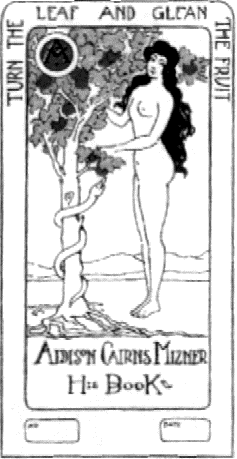
The plain fact is that seventy years after they were built, most Mizner houses are still standing. Not one has succumbed to the hurricanes, floods, or other natural disasters that have destroyed so many residential buildings over the same period.
As well, she sees him as an important visionary, the man who created the first American structured community, with an integrated style for the houses and community centers.
Thanks to Mizner's original and consistent vision, the town of Palm Beach has survived for over eighty years without being desecrated by the massive condominium and hotel construction that other coastal regions have suffered .... Palm Beach emerged from its jungle origins to become a showcase of Mediterranean architecture that is unique in America.
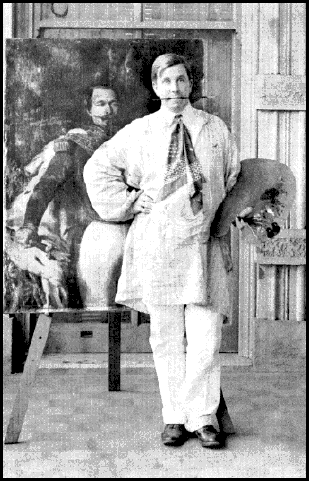 Ms. Seebohm goes into great detail not only about the building of the houses, churches, and golf clubs, but about the complete history of Addison's rather large family most of whom, outside of Addison and Wilson, turn out to be rather stuffy and of little interest to the reader. Those of us who grew up on Alva Johnston's delightful The Legendary Mizners have another problem. We learn here that the 1952 biography was crammed with misinformation, including the no-staircase story. This leads your reviewer to a peculiar dilemma: Should we praise books for their joy, wit, and style; or should we honor, instead, facts and precision. What if the latter waxes ponderous?
Ms. Seebohm goes into great detail not only about the building of the houses, churches, and golf clubs, but about the complete history of Addison's rather large family most of whom, outside of Addison and Wilson, turn out to be rather stuffy and of little interest to the reader. Those of us who grew up on Alva Johnston's delightful The Legendary Mizners have another problem. We learn here that the 1952 biography was crammed with misinformation, including the no-staircase story. This leads your reviewer to a peculiar dilemma: Should we praise books for their joy, wit, and style; or should we honor, instead, facts and precision. What if the latter waxes ponderous?
The older book's endearing picture of Addison sketching his buildings' designs as he stood out in the Florida sun with his workers in front of an empty sand lot is a beguiling one. Seebohm's portrait is far fuller and a tad more tragic (being gulled by his various toyboys and by members of his own family) --- but it isn't half as much fun as the raffish early volume that we recall with such pleasure.
And Breathe
Notes of a
Patient-Doctor
Jamie Weisman
(North Point Press)
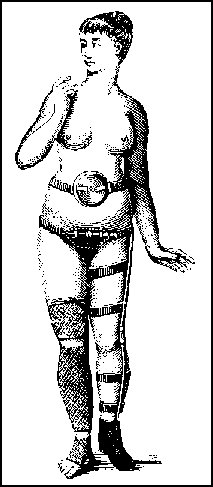
Dr. Weisman is an exception. Since the age of fifteen, she has suffered from an incurable auto-immune system disorder. For her, this means that a simple cold can turn into a debilitating, long-term illness. If she does not get her regular monthly infusion of interferon, hives, warts, shingles and a whole host of other symptoms pop up.
Thus Weisman has been a patient, one that has seen the failure of the human element of treatment. Too, she has had a series of life-threatening medical traumas which make her acutely sensitive to problems of medical inefficiency and incompetence. Thus, she's a doctor who has seen American medicine fail, and fail too often.
This gives a certain pith to As I Live and Breathe. We get to see a medical school student, an intern, and a resident going through the same circumambulations that the rest of us go through when we have a medical emergency. Often she's had the experience of being a patient in the very hospital where she is training, much to the confusion of her fellow interns and her patients.
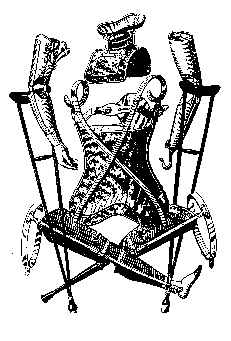 This is good stuff, and the book moves right along though, at times, we get bogged down in the technicalities of her sicknesses (at one point, in the notes I was taking, I scrawled HER BODY IS A MESS). Mostly, this metamorphosis of doctor into patient and then back again constitutes an interesting journey. The best chapters, interestingly enough, come near the end, when she describes the harrowing agony of her own family as they watch her come close to death again and again (the chronic patient brings chronic panic to the members of his or her own immediate family).
This is good stuff, and the book moves right along though, at times, we get bogged down in the technicalities of her sicknesses (at one point, in the notes I was taking, I scrawled HER BODY IS A MESS). Mostly, this metamorphosis of doctor into patient and then back again constitutes an interesting journey. The best chapters, interestingly enough, come near the end, when she describes the harrowing agony of her own family as they watch her come close to death again and again (the chronic patient brings chronic panic to the members of his or her own immediate family).
But the most glorious part is reserved for the last, the birth of her daughter. Weisman obviously adores children, and when she is ready to have one of her own, she is beside herself. Because of her faulty immune system, and not wanting to compromise the development of the fetus, she voluntarily goes off the drugs she uses to survive. She then --- being a doctor, and a would-be mother --- begins to imagine all the awful things that can happen to her child, both pre-natal and post-natal:
Those of us who live with chronic illnesses often teeter closer to the fear of death because we are more acutely aware of the fragility of our bodies. As a new body grew inside of me, I was aware not only of the vulnerability of my body but also of hers. And I worried, for me and for her.
Once I had this insight, I didn't stop worrying. In fact, at that moment, I knew that I might as well just start setting an extra place at the table for worry. It had moved in and was never leaving. My parents say worry is at the heart of raising children, and with each successive stage of your child's life, you take your worries to the dealership and trade them in for a whole new set. Once she is born with ten fingers and ten toes, you worry that she will get sick. You avoid children with runny noses; you take her temperature. You memorize the telephone number of your pediatrician. As the months pass, you worry that she will never stand, and then when she stands, you worry that she will fall down. She starts to walk, and then you worry that she will stick her hand in an outlet or drown in a swimming pool or drink a bottle of Clorox.
She reaches the age at which she knows not to drink a bottle of Clorox, and you worry that she will drink a bottle of alcohol or get in a car with someone who has drunk a bottle of alcohol. She takes a trip to Europe and her postcards get lost in the mail, and you do not know where she is, and you worry. You worry that she was gored to death while running with the bulls in Pamplona or has fallen in love with a Frenchman and is never coming home. She comes home, and she gets married, and she gets pregnant, and you worry that she will die while delivering the baby. She delivers the baby, and then you worry about her and the baby.
Got Its Spots
Diary of a Finite Time
In a Finite Space
Janna Levin
(Princeton University Press)
It can be heavy seas trying to figure out the world of topology, even with the author's excellent way with words, especially for those of us who got a D-minus in that drab Mr. Peterson's Physics 101 class. But we're ready to go the extra mile, because something is going on here that makes Levin's book worth having, reading, and re-reading.
For one thing, she can take the most abstruse concept --- let's say, the chaotic theory of the Big Bang as propounded by Isaac Markovitch Khalatnikov --- and make it somewhat palatable for the lay reader, at least for this lay reader.
All while she is doing that, she is telling us about her love affair with an improbably neurotic bluegrass banjo player named Warren, her previous affair with Andy (who gave her a bracelet that she wears "like a shackle"), explanations of why she is sure that the sun is alive, and how much she loves her London passport, in whose picture
I look even less like me. It has my British working papers and a wad of blank pages. This passport is all future, no past.
Then she goes on to tell us about getting lost in the horror of horrors, the London Transport Circle Line which, yes! --- is quite topological:
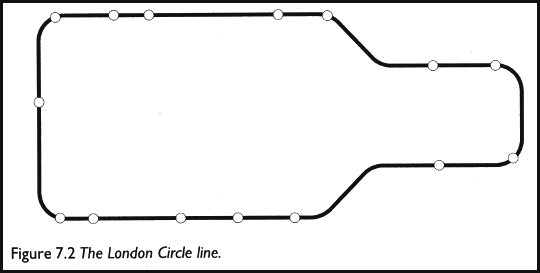
The Circle line (Fig. 7.2) is the most heinous tube line in all of London. Its name is the most accurate thing about it, since the line does trace a topological circle, if not an actual circle, which had probably contributed to my disorientation. No beginning, no end. It gives no clues as to whether your stop is in front of you or behind you, since it is both.
Then there's the problem of staying in a conference center in Moscow --- she's there for a scientific conference --- which feels like a sanitarium. Under a drawing (page 130, Fig. 11.11 "Irreducible loops can detect the handle of the compact torus"), she reports:
I've never worn a watch. The ticking drives me out of my head. And even if I wear a silent clock my eyes fixate on the inevitable passage of time, second after second, accumulated minutes until I have to wrench the wretched thing from my wrist. So here I am, in Russia, no clock, no watch, no phone. I have no idea what time it is. I try to resurrect my astronomical knowledge to determine the hour from the minimal natural light. But I am a theorist and I still have no idea what time it is.
§ § §
I am not so sure of Dr. Levin's ultimate dottiness, any more than I am of her conclusions (she absolutely denies the existence of infinity; I have always been rather fond of it). But whether she is talking about Warren going slowly bats, or the suicides of many of the leading mathematicians over the centuries, or of her passion for Einstein, or what it's like to go from England to California and bathe the senses (food, wine, people), or how the triangles in curved space look like Warren's hands and feet, or the secret of Quantum Theory ("Life is impossible to understand") --- with all this scandalous mix of the scientific and the personal she has managed to charm the socks off of this reviewer. I would like nothing more than to hang out with her and her catatonic sweetie so I could learn about the wonders of Brighton, the chaotic aspects of the Big Bang, and what it is like to live the circular life of a topologist --- on or off the Circle Line --- a scientist with heart and soul and feelings and loves and madness and intimations of mortality and who, at the very end, finds herself back again with loose-jointed high-school drop-out Warren (he of the triangular hands and feet) on the streets of San Francisco once again which, as we learn from her, have no gravity, but are, rather, made up solely of time that has been curved back on itself.
--- L. W. Milam